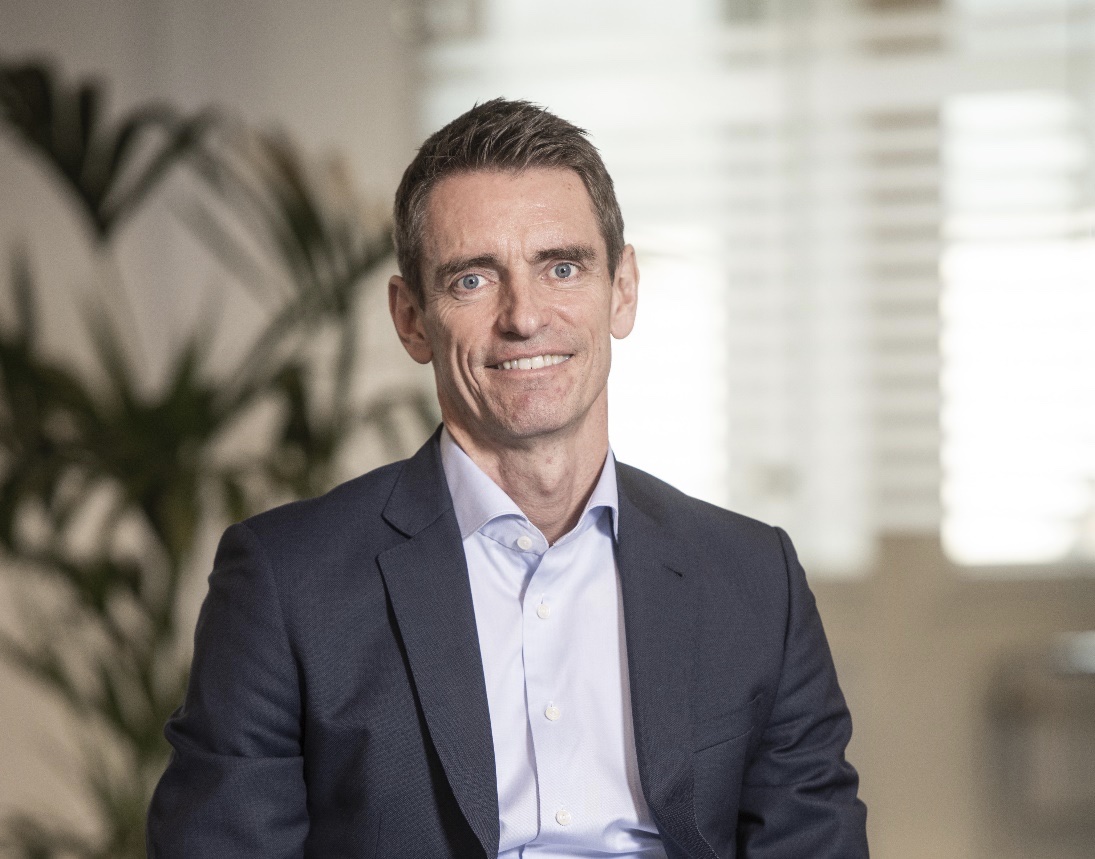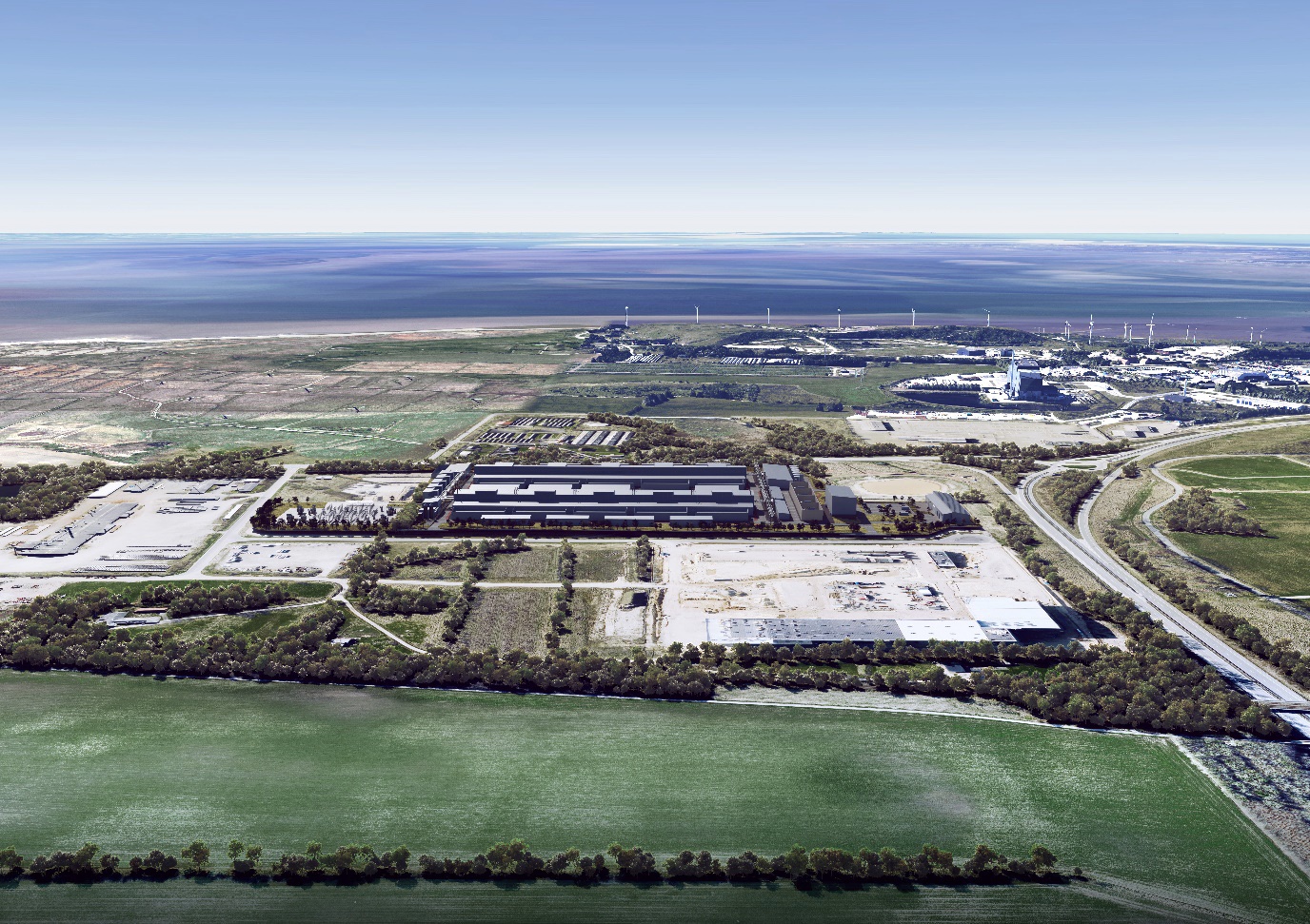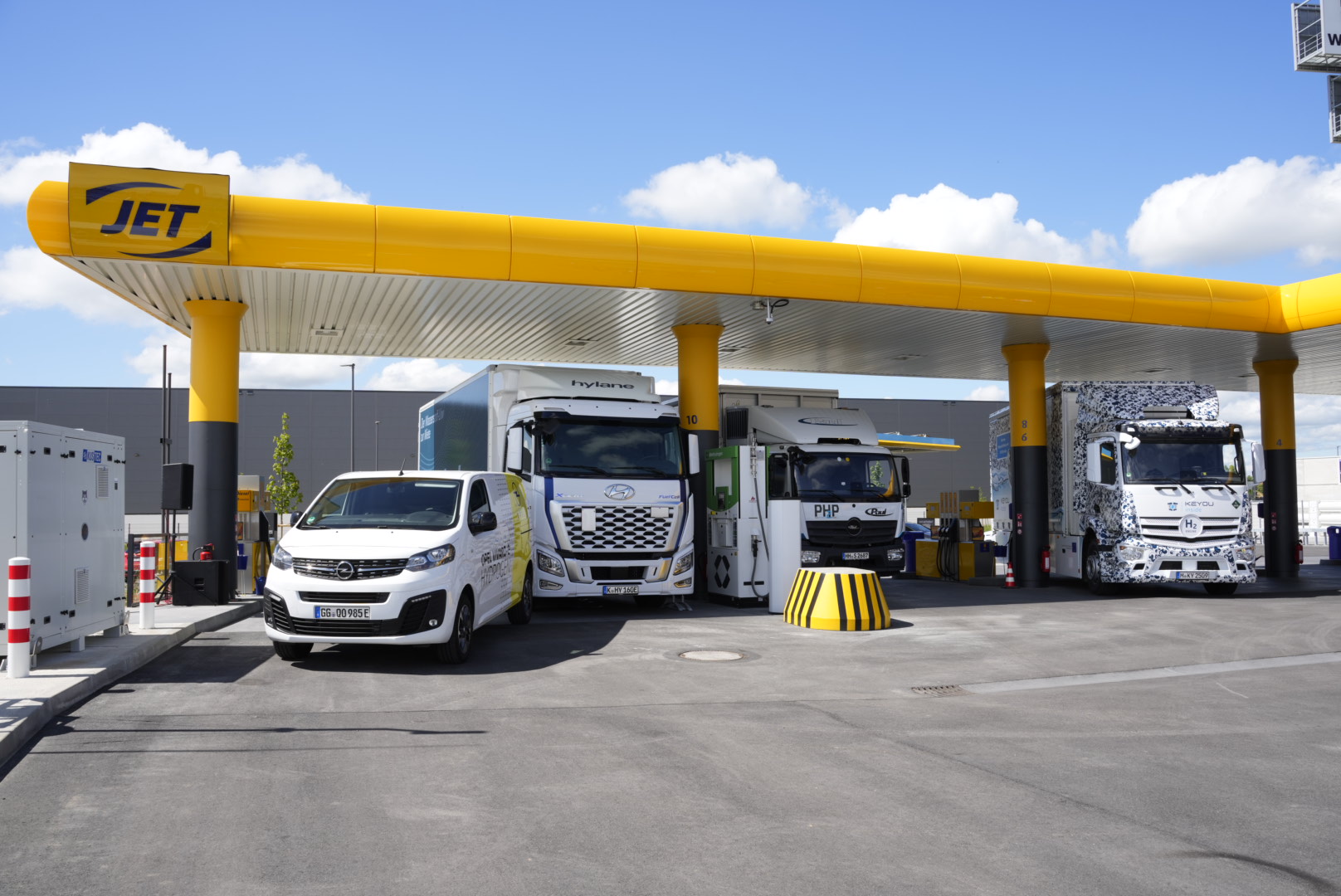Will 2024 be the beginning of the European green transition led by Denmark?
Note: As of 29 October 2024, HE Energy Europe has rebranded to MorGen Energy. The content below reflects information prior to this change.
There is no doubt that 2024 will be a landmark year for the energy sector in Denmark. As the year progresses, so too do our efforts to develop a 1 GW green hydrogen facility in Esbjerg. We are committed to a green transition of the energy system, but we can’t do it alone. We must be connected across borders to help Europe achieve its ambitious climate targets. This requires a number of important decisions to be made by Danish politicians this year. If the government takes responsibility, Denmark could be at the forefront of the green transition of Europe for many years to come. The only question is whether 2024 will be the beginning or the end of an exciting new era in green energy innovation.
Power-to-X is the door opener for more offshore wind
In Denmark, we have a desire to become energy independent and significantly reduce greenhouse gas emissions. The government recognises that green solutions and more renewable energy are key for both Denmark and Europe. However, the current grid lacks the capacity to harness the full energy potential of the North Sea, thus presenting Denmark with a formidable opportunity to transform Power-to-X (PtX) into a tangible reality. According to Energinet, an independent public enterprise owned by the Danish Ministry of Climate, Energy and Utilities, this could generate up to DKK 75 billion by 2060. A Danish PtX industry will help balance and optimise the electricity grid, enabling the capture of substantially more green power and energy for both Denmark and the wider European continent—a necessity in our current times.
Danes are installing heat pumps at an unprecedented rate and sales of electric cars are consistently setting new benchmarks. The industry is also increasingly focusing on electrification, but in several industrial sectors, including the chemical, steel, and refinery industries, there is a dependence on alternative energy carriers to reduce CO2 emissions. One of the alternatives is green hydrogen, which is produced by splitting water into hydrogen and oxygen in an electrolysis plant powered by green electricity.
The new agreement on onshore energy parks is a step in the right direction, but we also need to start harvesting the vast offshore wind potential that will be key to electrifying society and revitalising the PtX industry. It is vital that the upcoming offshore wind tender – the largest in Danish history, aiming for at least 9 GW – meets with success. This tender, originating from climate and energy agreements dating back to 2018, was initially set for launch at the year’s end but is now rescheduled for spring 2024. The tender is also a significant contribution to achieving the ambitious plans from the Esbjerg Declaration agreed with Germany, the Netherlands and Belgium of at least 65 GW of offshore wind capacity by 2030 and more than doubling to at least 150 GW by 2050. The plans represent more than half of the capacity needed to make the EU climate neutral, according to the European Commission.
The North Sea, with its robust and steady winds, presents us with an exceptional opportunity for harnessing wind energy. We see companies ready to install offshore wind turbines and PtX plants, and politicians with big green visions and ambitions. Now it is time to translate these ambitions into tangible actions, ensuring supply of green electricity and offering sustainable alternatives to fossil fuels in sectors where electrification remains unfeasible.
Huge demand for hydrogen from the south
There is substatial demand for hydrogen from the south, and there are many places where electrification is not possible. This is especially true for the industry in Germany, where there is a demand for enormous quantities of green hydrogen. The German government estimates that they will need to import 70 per cent of their needs, equivalent to between 45 and 90 TWh of hydrogen by 2030. Steel producer ThyssenKrupp Steel Europe is one of many known examples south of the border, where there is a great need for green hydrogen to reduce the company’s CO2 emissions by a total of 20 Mt. This is roughly 75 per cent of Denmark’s total emissions. Their goal is to be climate-neutral by 2045, which requires an expected hydrogen consumption of 4 TWh already in 2028 and more than 30 TWh after 2030. In other words, a single German company could absorb the entire hydrogen production of Denmark if the Danish Parliament’s goal of 4-6 GW of electrolysis capacity by 2030 is realised. However, connectivity is crucial if we are to compete in the international hydrogen race, a competition that Denmark, as a historic green pioneer country, must participate with decisive actions in 2024, potentially regaining our leading position.
Bridging the electrification gap
At the beginning of the year, H2 Energy Europe received environmental approval for the planned hydrogen plant in Esbjerg, which with 1 GW of electrolysis capacity alone can fulfil 25% of the Danish hydrogen target for 2030. In addition, we have already taken an important step in the cross-border hydrogen trade between Denmark and Germany with the historic letter of intent with the utility Stadtwerke Flensburg to purchase Danish-produced hydrogen from 2028. Large investments have been made in the maturation of the project. However, like other PtX producers, we cannot make the final investment decision on a PtX plant involving many millions of Euros if the hydrogen cannot be transported cost-effectively through hydrogen pipes to Stadtwerke Flensburg and the rest of the German market by 2028.
Minister for Climate, Energy and Utilities, Lars Aagaard and Germany’s Minister for Economic Affairs and Climate, Vice Chancellor Robert Habeck, have signed an agreement to work towards enabling a land-based hydrogen pipeline from Denmark to Germany in 2028. We had expected to finalise the financing agreement for the future hydrogen pipes before Christmas, but now we eagerly anticipate its completion in early 2024. Additionally, we look forward to finalising the agreement for the financing of the so-called ‘Lower T’ of the hydrogen infrastructure in the new year. These are two crucial decisions that will enable PtX companies to finalize their sales contracts and make their ultimate financing decisions. They signify the commencement of a Danish PtX industry that will invest billions in Denmark and create thousands of new green jobs, including in the country’s peripheral areas.
Denmark holds the key to the European green energy sector
In light of the decisions that await Danish politicians and the Danish energy sector in 2024, it is clear that we are at the beginning or end of a new green chapter. With a focus on offshore wind and the necessary electrification of society, Denmark has the opportunity to take a leading role in the green transformation, where flexible green hydrogen production can even help store overproduction of wind energy, effectively balancing the grid and optimising costs and utilisation.
Decisions on offshore wind supply and financing of the hydrogen infrastructure are thus closely linked and will not only contribute to the green transition of Denmark, but also to the transition to a sustainable future for the entire continent. The international demand for green hydrogen confirms the growing need for sustainable energy solutions, positioning Denmark as a key potential supplier. This opens opportunities for substantial investment and job creation within the country. We have all the essential prerequisites to realise the potential, but it is imperative that politicians make the necessary decisions this year to prevent others from capitalising on this opportunity. In other words, 2024 could be a landmark year, memorable for a multitude of reasons.





